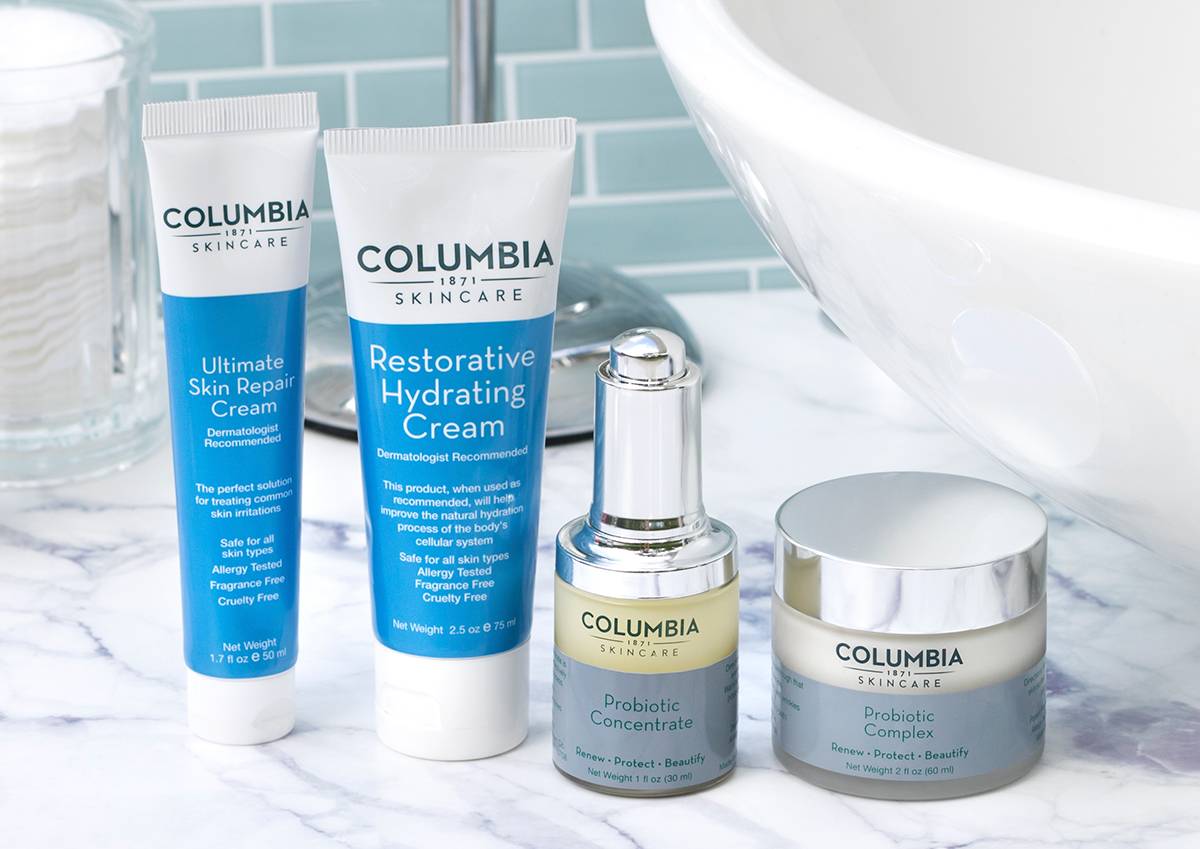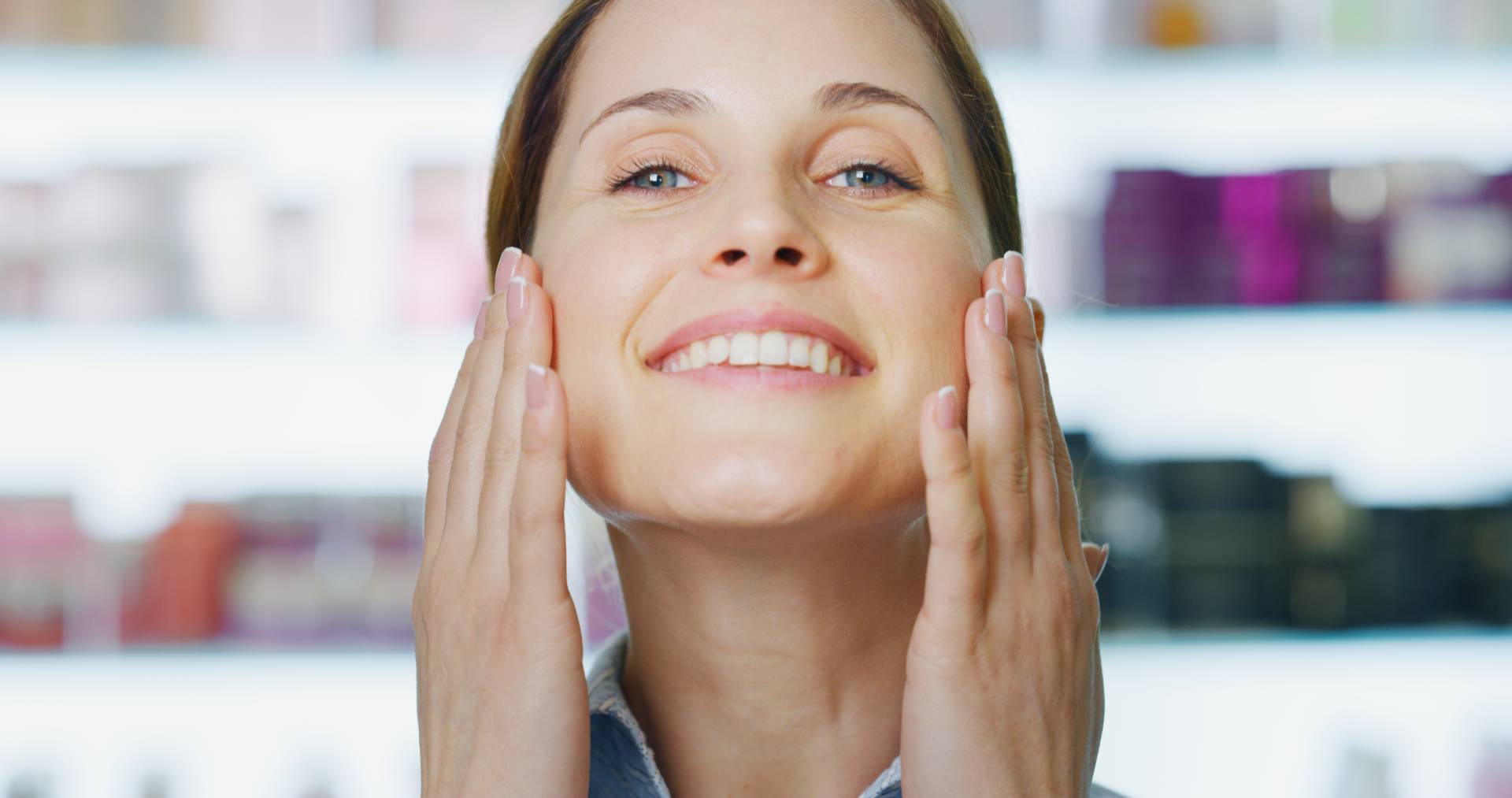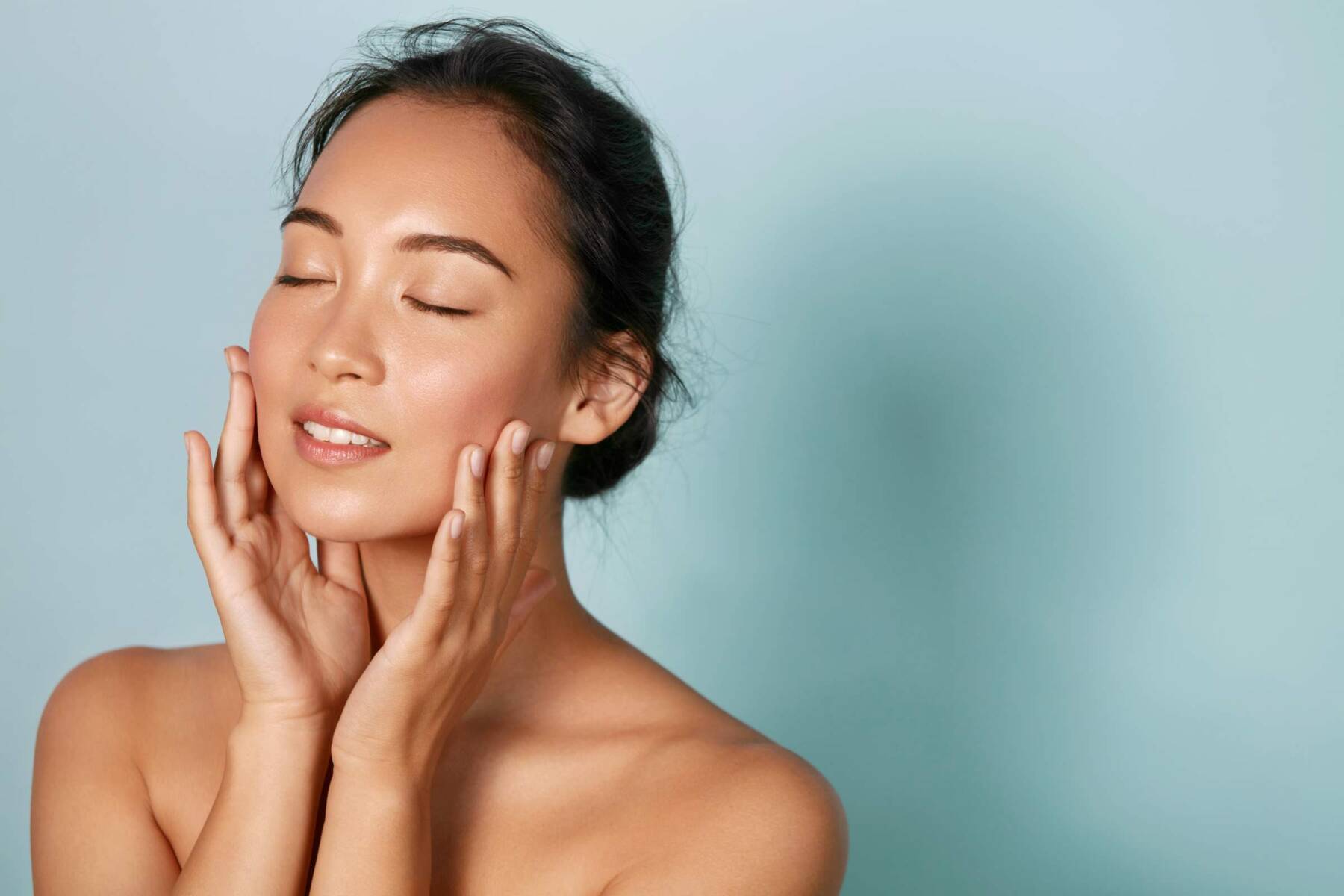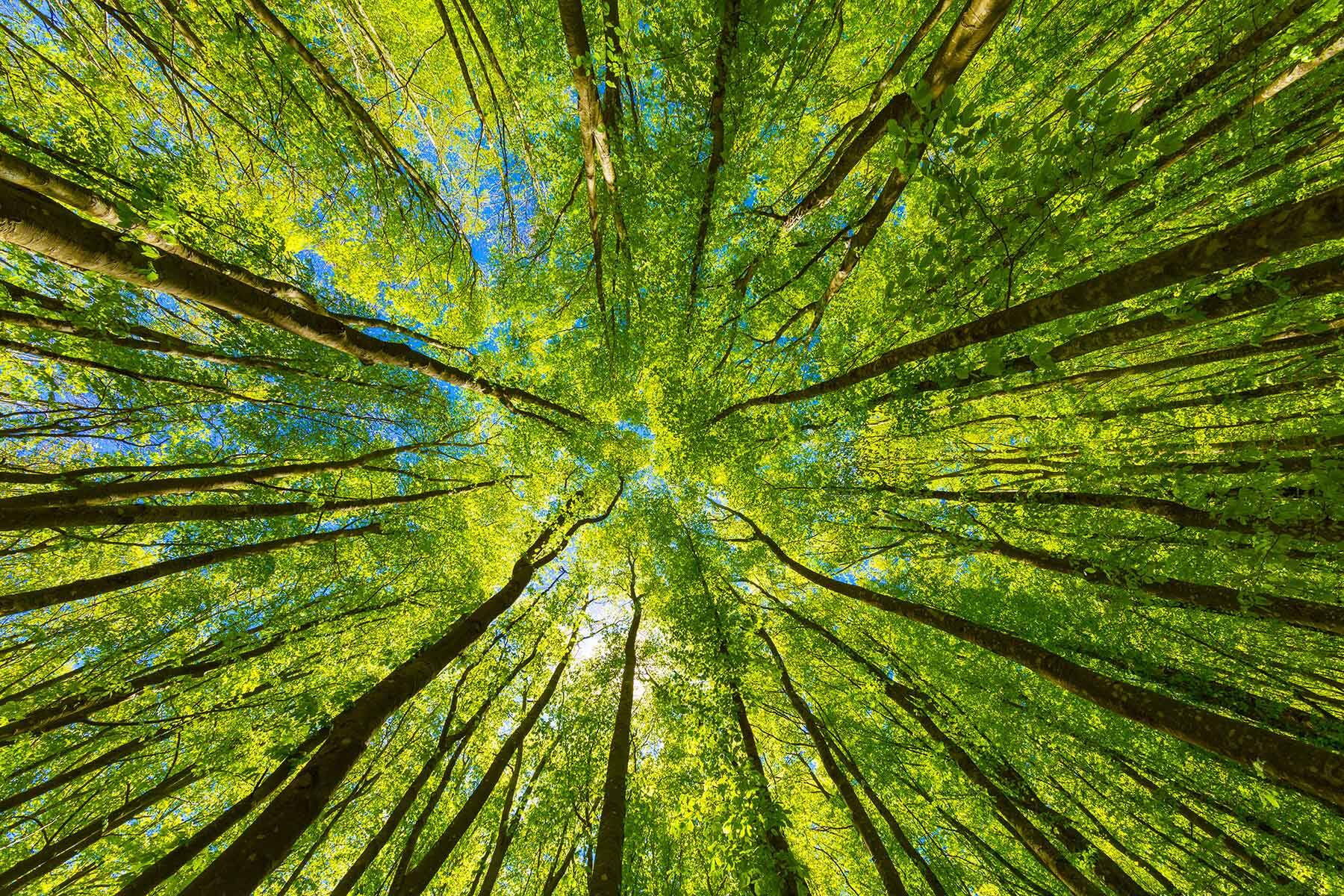
Seeing Skincare Differently
Our skin, the largest organ of our body, is much more than what we see on the surface. It’s a complex and crucial barrier that

For All Skin Types

Aging skin is basically the result of two naturally occurring processes which the skin sustains over the course of a lifetime. These are glycation and oxidation.
In the skin, glycation is involved in a very complex aging process and simultaneously affects directly and indirectly certain cells, their synthesis and the organization of the matrix. Glycation affects extracellular matrix components such as fibronectin, laminin, collagen and elastin. This results in the formation of rigid bridges between advanced glycation end products (AGE’s) and the structural proteins making the dermal proteins stiffer and more brittle, thus affecting their interactions with outer cells.
Oxidation is the superposition of chronic UV induced damage on intrinsic aging and it accounts for most age-associated changes in skin appearance. Sun induced cutaneous changes vary considerably between individuals, reflecting inherent differences in vulnerability and repair capacity for solar damage. Oxidated skin appears deeply wrinkled and mottled and it is characterized by reduced compliance and elasticity. Oxidation induces extensive changes in the composition and architecture of the extracellular matrix dermis.
We are living in an age of extraordinary discovery, where medical research and development into the areas of genomics and proteomics and the improved understanding of the microbiome are enabling people to live longer and healthier lives. Utilizing the latest scientific technologies has helped to increase our life expectancies and allowed us to age with greater comforts.
Because of these advancements, the issue of skin aging is of the utmost importance. The reality is that people want to look as good on the outside as they feel on the inside. Furthermore, the skin is the largest organ in the human body and it protects the other organs from harm. The synergistic combination of dermatology and biochemistry provides considerable insight into the skin aging process. We can now think about preventing and even reversing skin aging; a concept that was unthinkable even a decade ago.
At Columbia SkinCare, we have been studying the possibilities of altering the skin aging process for quite some time. Our team of reseachers and scientists have been at the very forefront of scientific study to counteract intrinsic and extrinsic skin aging.
Our approach to addressing the skin’s aging process reflects our 150 year heritage of developing products that help heal damaged skin tissue and preventing infection from occurring on wounded skin.
We were among the first brands to introduce a probiotic based formulation for use in keeping skin healthy. What are probiotics anyway? Probiotics are microorganisms living in and on the body that when administered in sufficient amounts, confers a health benefit to its host. Our formulations deliver exactly the right bacteria to rebalance the skin’s delicate microbiome.
Due to the unique chemistry of our probiotic formulations, the ingredients adapt themselves to the microbiome of the skin they are presented with. This characteristic is but one reason that sets Columbia SkinCare apart from its competitors.

Our skin, the largest organ of our body, is much more than what we see on the surface. It’s a complex and crucial barrier that

In the world of skincare, countless products vie for our attention, promising a youthful glow, wrinkle reduction, and age defying perfection. But with so many

In the realm of skincare shopping, there’s a little-known secret that can make a big difference both to your wallet and the planet: opting for

The “wellness” industry is booming. From colon cleanses to crystal healing, the market explodes with promises of optimal health, inner peace, and eternal youth. But

At Columbia SkinCare, when we ponder the question, “Are you feeling well?”, we delve deep into the essence of what wellness truly signifies. In our